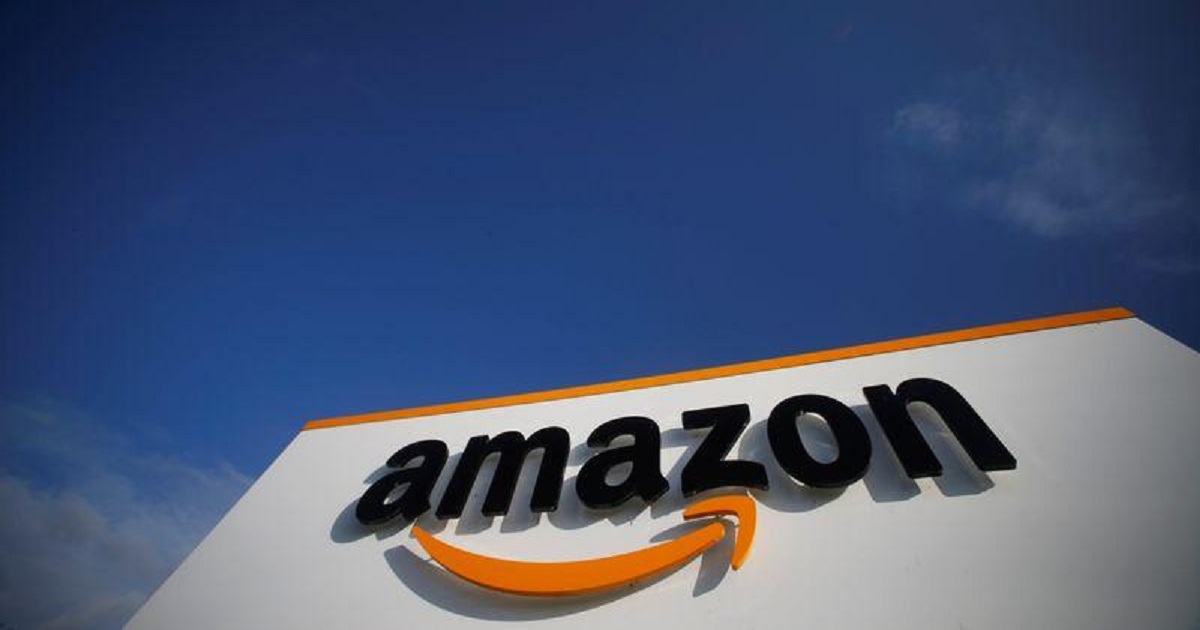U.S. judge says Amazon likely to succeed on key argument in contract challenge

A U.S. judge said Amazon.com Inc (AMZN.O) is likely to succeed on a key argument of its challenge to the U.S. Department of Defense’s decision to award cloud computing deal worth up to $10 billion to Microsoft Corp. (MSFT.O) The opinion by U.S. Court of Federal Claims Judge Patricia Campbell-Smith was unsealed on Friday. On Feb. 13, she issued an order blocking work on the contract pending resolution of Amazon’s court challenge. Amazon contends the contract was awarded to Microsoft because of improper influence by President Donald Trump. The opinion did not mention Trump or address Amazon’s claims of improper influence, but instead focused on how the Pentagon assessed Microsoft’s data storage in one price scenario.